We drove into the Black Hills setting off from Little Big Horn. An island of Ponderosa pine covered granite mountains and hills rising up out of a sea of flat farmland on all sides. The granite was pushed up as part of the same geological events that created the Rocky Mountains and the area is considered a part of that range.
Native inhabitants date back to 11,500 BC. Both the Sioux and the Cheyenne traditions believe that the area is the axis mundi (sacred center of the world) for their people. After the US was defeated by the Sioux, the Fort Laramie Treaty of 1868 was signed by the US government and the Sioux nation establishing the Great Sioux Reservation, which promised no white settlement in the Black Hills in perpetuity and declared possession of the Black Hills all the way to the Teton range by the Sioux tribes. But when Custer and the 7th Calvary discovered gold in 1874, the US government voided the treaty and demanded the Sioux move to 5 smaller reservations in western South Dakota. Any remaining free natives would be labeled hostile and shot or hung. The following gold rush would populate the area with notorious mining towns and lumber mills that would clear cut the trees. In all over 9 million acres of Sioux land would be taken and sold off without consent or legal compensation.
The Devil’s Tower National Monument
The nation’s first national monument established in 1906 by Roosevelt, a butte, pokes ominously straight up to 5,112 feet above sea level. The name Devil’s Tower was given by Colonel Richard I. Dodge from a bad translation and is controversial. The native people have long considered the site as sacred and renaming it Devil’s Tower is considered offensive. There are several native names for the butte including: Bear’s Lodge, Bear’s House, Bear’s Tipi, Bear’s Lair, Home of Bears, Aloft on Rock, Tree Rock, Great Grey Horn, etc. Several bills have been introduced to change the name but have all been defeated.
Several of the traditional stories of the rock include children being saved by bears by praying to the great spirits who raise the rocks so the bears could not climb them. The markings on the side then, being made by the bears attempt to climb the sides.
Today the park service recognizes the spiritual importance of the site and works with native tribes to limit visitor climbing at certain times and erects signs protecting the native prayer flags that are left there.
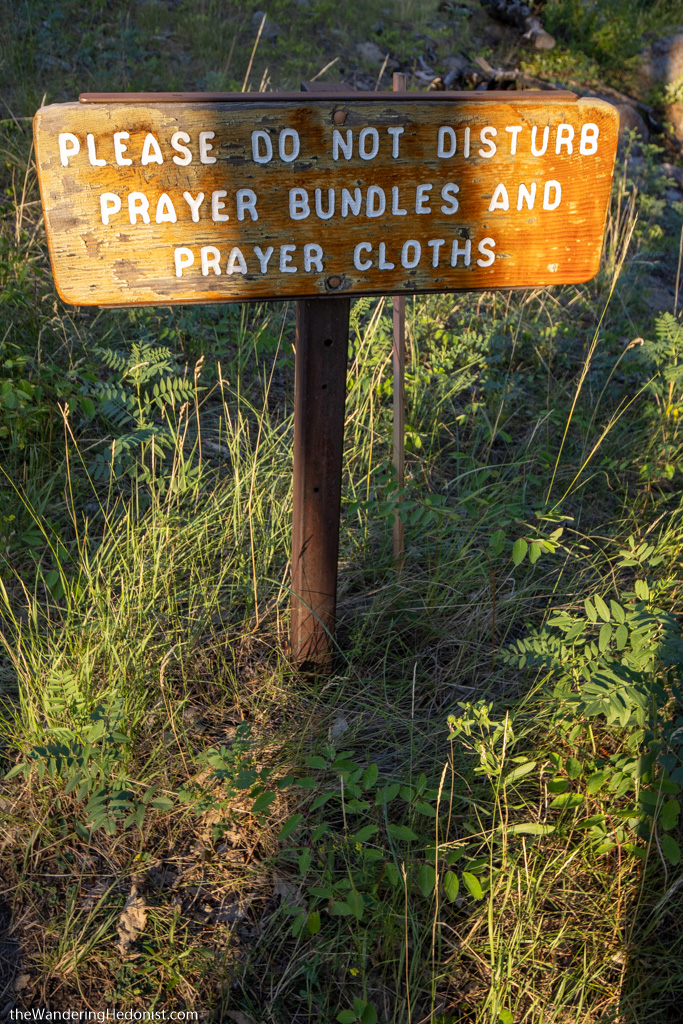

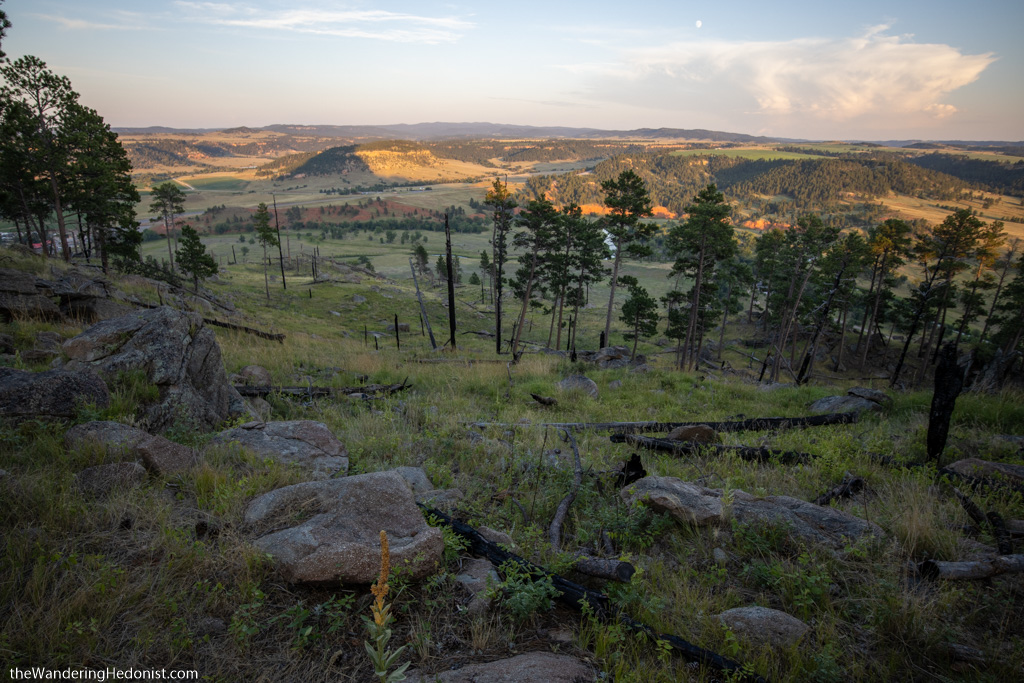

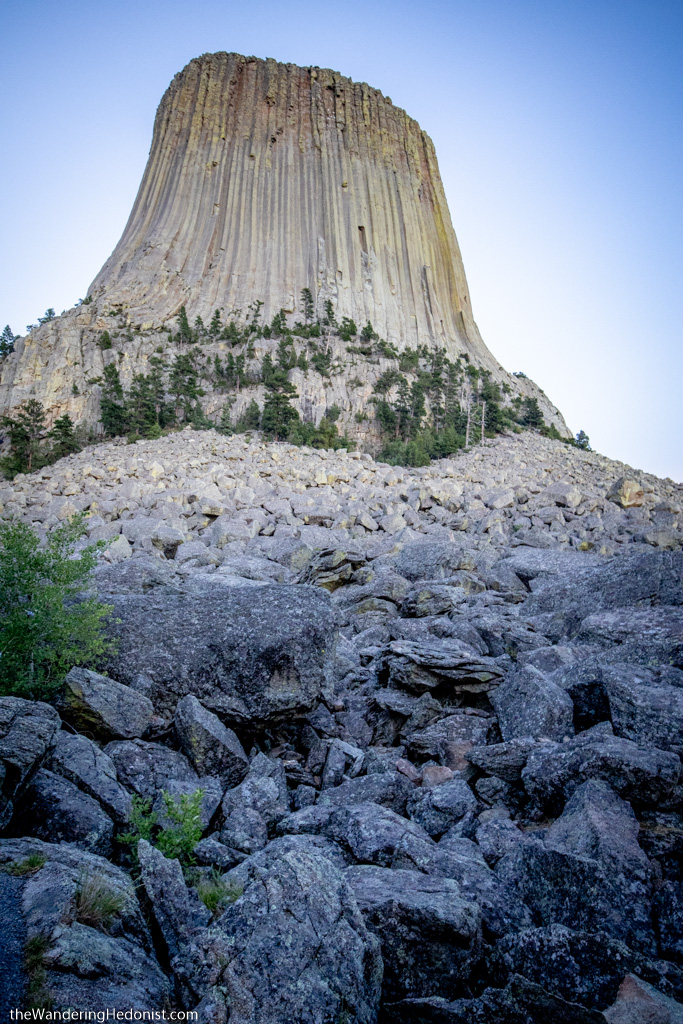
Deadwood
Nothing is more iconic as a lawless frontier town as Deadwood, SD. The object of popular fiction and media, the town was well known for violence, crime, and vice. When gold was discovered in the area, President Grant quietly told the Army to stop the prohibition of white settlers into the area even though it violated the Treaty protecting the lands for the Sioux. The new towns then served as leverage to undo the Treaty which protected the area.
When Custer wrote about his discovery of gold in 1874, Deadwood was formed and quickly gathered a population of 5,000 people. By 1876 it was 25,000 people. In the 2010 census the town’s population was only 1,270 surviving mostly on tourism.
The town was made famous by old west legends like Wyatt Earp, Calamity Jane, and Wild Bill Hickok, who was shot in the back of the head while playing poker.
As fate would have it we rolled through town about a week before the Sturgis motorcycle rally which certainly gave the town back it’s feeling of wild yokels hootin’ it up across town. The constant roar of shiny new banana yellow Harley’s flying “thin blue line” flags mounted by tubby balding white guys in Tom of Finland cosplay. Popup Trump fanboy paraphernalia shops dotted the entrances to towns capitalizing on the Trump bikers. The campgrounds were full of giant buses dragging bike trailers and guys who would drive their bikes into town and back once a day before retiring into a camper bigger than most apartments I’ve lived in. These guys were inescapable as we drove across South Dakota and still pretty thick as crossed Iowa and into Minnesota.


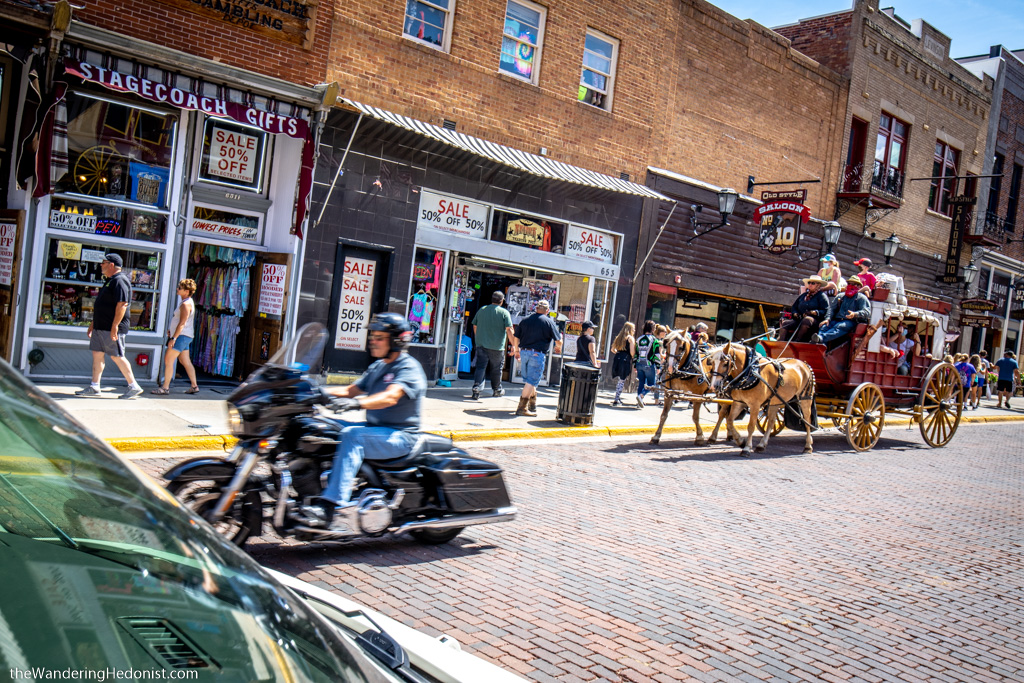
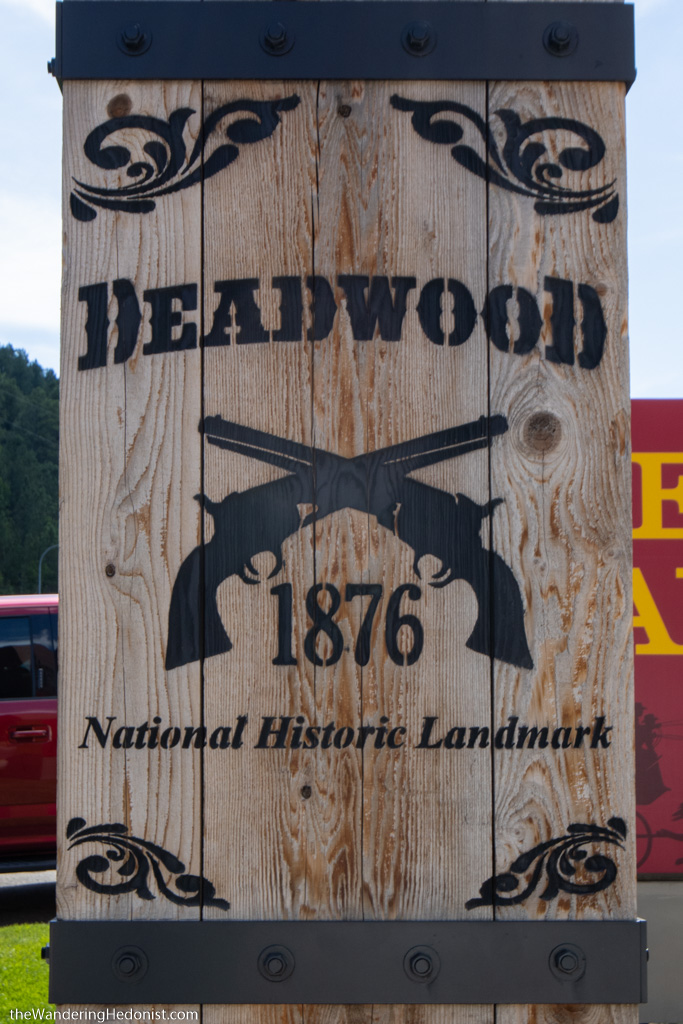

Mount Rushmore
I’ve been to Mount Rushmore before. I wandered into town during our ramble and somehow found myself driving through a parade right through the middle of Keystone. We just became a part of the parade until we made it through town.
My first impression was really not that impressed. Crowded space full of tourists. You fight your way in, take pic, then fight your way out. I didn’t know much about the site then. This time was pretty much the same thing.
The native name for the mountain was Six Grandfathers. Many natives consider the destruction of the mountain a desecration and all four presidents carved into it oversaw genocidal policies against natives. Is there anything more American than stealing a mountain then basically destroying it by carving four white dudes into it.
George Washington declared an all-out extermination against the Iroquois people in 1779. Thomas Jefferson supported a policy of assimilation, and failing that, extermination of the Cherokee and the Creek. He said all Natives should be driven beyond the Mississippi or, “take up the hatchet” and “never lay it down until they are all exterminated.” Theodore Roosevelt, who, shortly after being elected governor of New York, announced, “This continent had to be won. We need not waste our time in dealing with any sentimentalist who believes that, on account of any abstract principle, it would have been right to leave this continent to the domain, the hunting ground of squalid savages. It had to be taken by the white race.” Lincoln was responsible for hanging the Dakota 38, the largest mass hanging in U.S. history. [“Native History: Construction of Mount Rushmore Begins” IndianCountryToday.com]
Jonah LeRoy “Doane” Robinson conceived of the project as a way to generate tourism for the area and originally chose the sacred Needles area as the site which was later changed to Mt. Rushmore (named after a wealthy white visitor of the area in 1930). The senator of South Dakota championed the project and secured congressional funding for it’s construction.
Honestly, I thought the most interesting view of the site was driving away from Keystone at a small overlook that exposed the profile of Washington’s head. Having the real context of the Black Hills visible, the natural rocks and trees, was much more interesting to me.
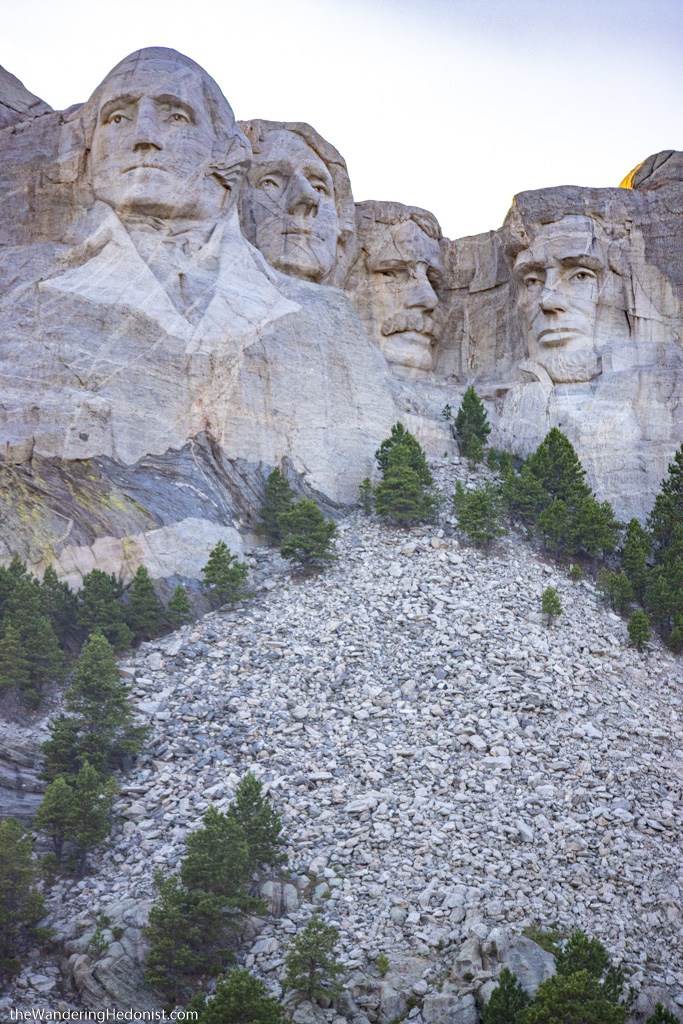
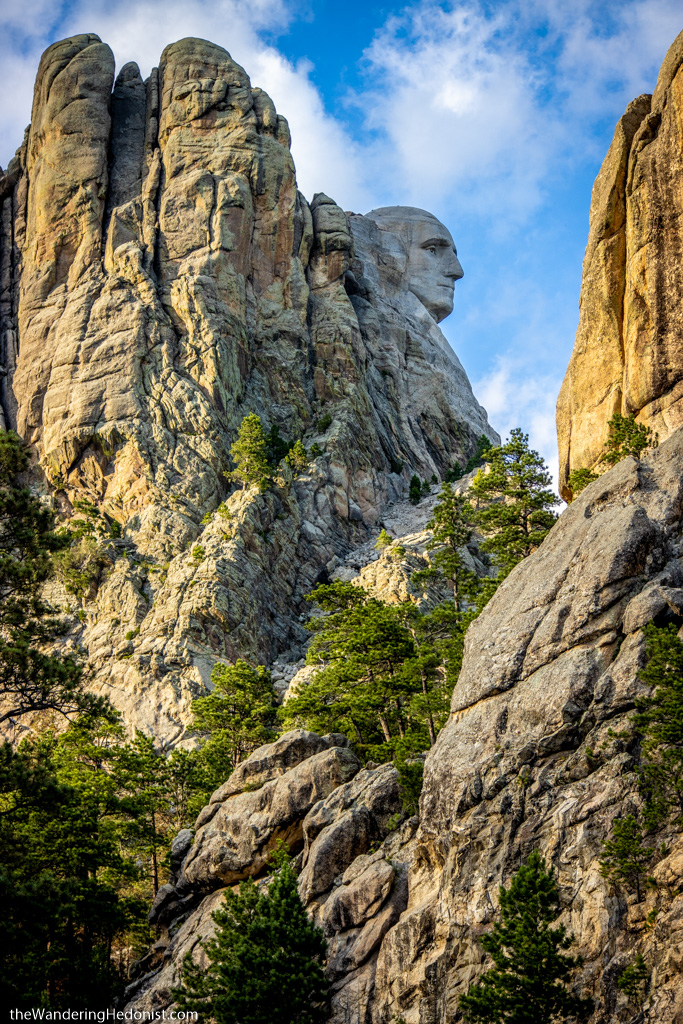
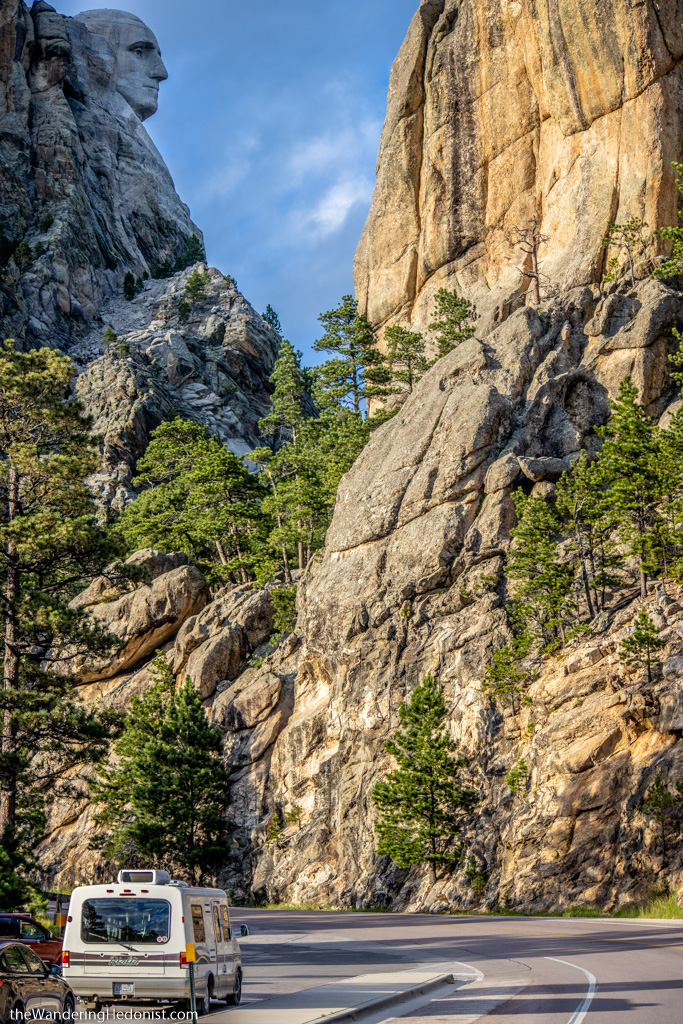
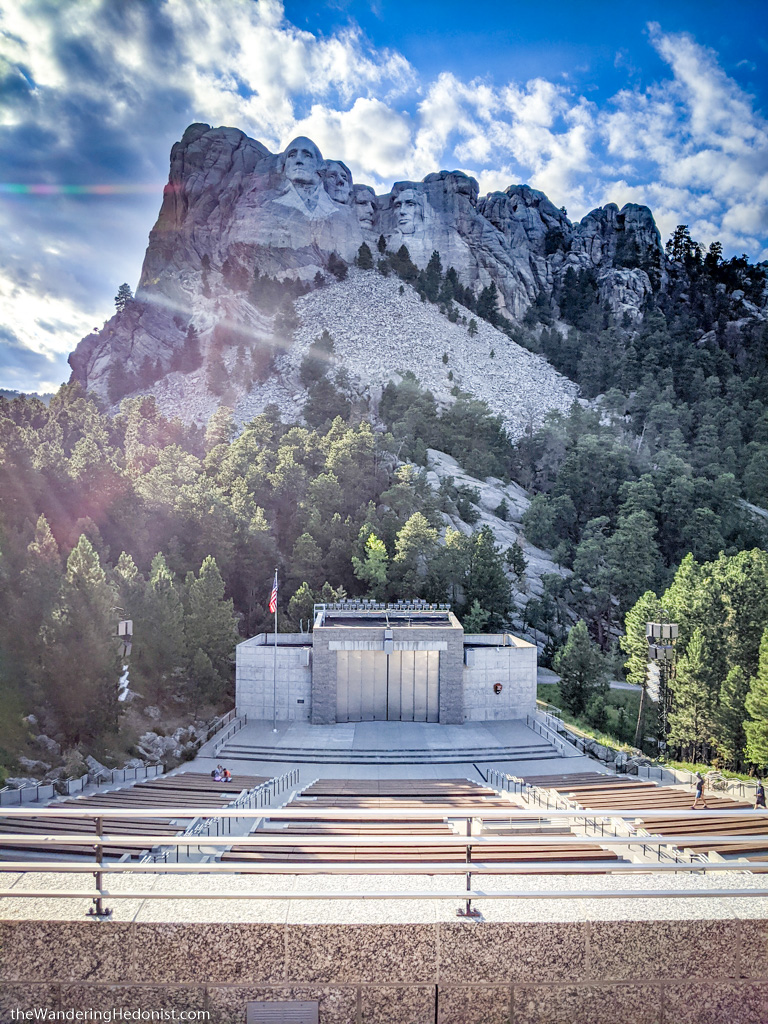
Imagine Trump facing a roaring crowd of South Dakotans without masks and jet fighters flying overhead and fireworks. America. Same as it’s always been.
Crazy Horse Memorial
In response to the Mount Rushmore construction, Henry Standing Bear (“Mato Naji”), an Oglala Lakota chief, and well-known statesman and elder in the Native American community, started a project to honor Crazy Horse, an Oglala Lakota warchief at the battle of Little Big Horn. Construction has been ongoing for 72 years. The project has refused federal funding.
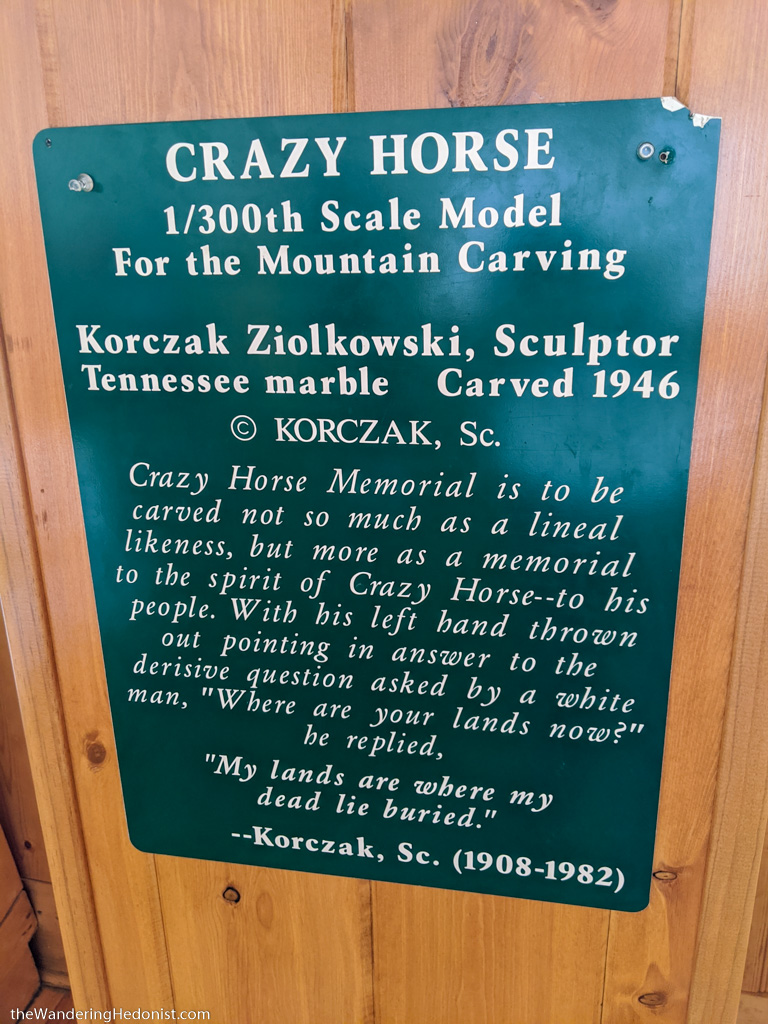
Wind Cave National Park and Custer State Park
The Black Hills are ribboned with limestone caves. Some of the largest and most complex in the world. Wind Cave was the 7th national park to be created in 1903 by Roosevelt. It was closed for COVID but there were still lots of animals to see! Custer State Park had herds of bison to see.


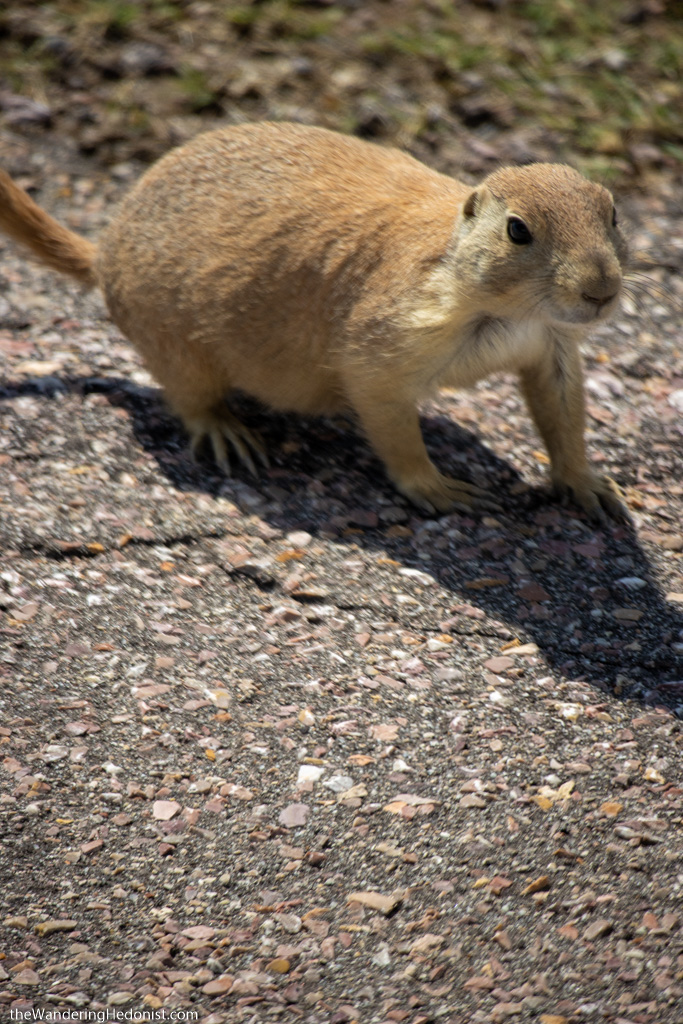
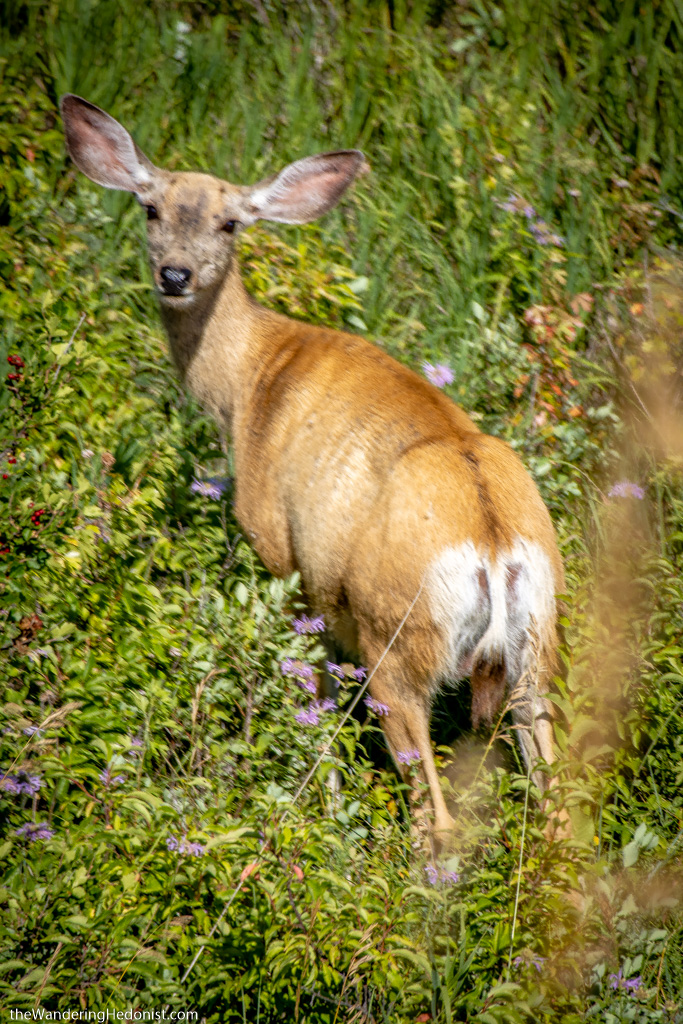
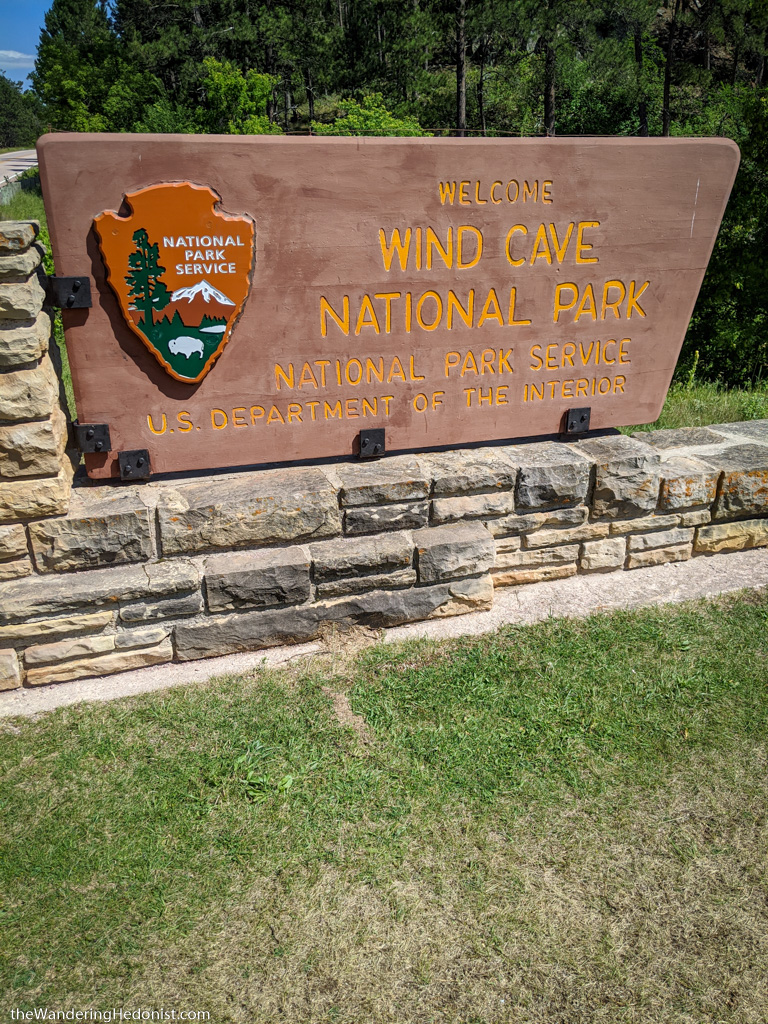
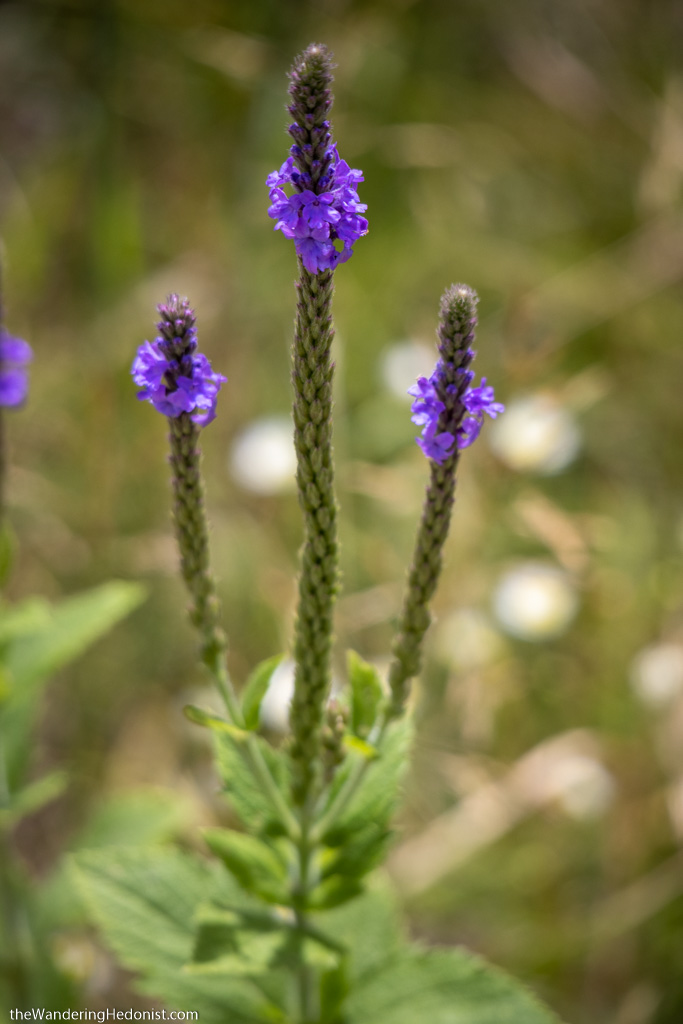
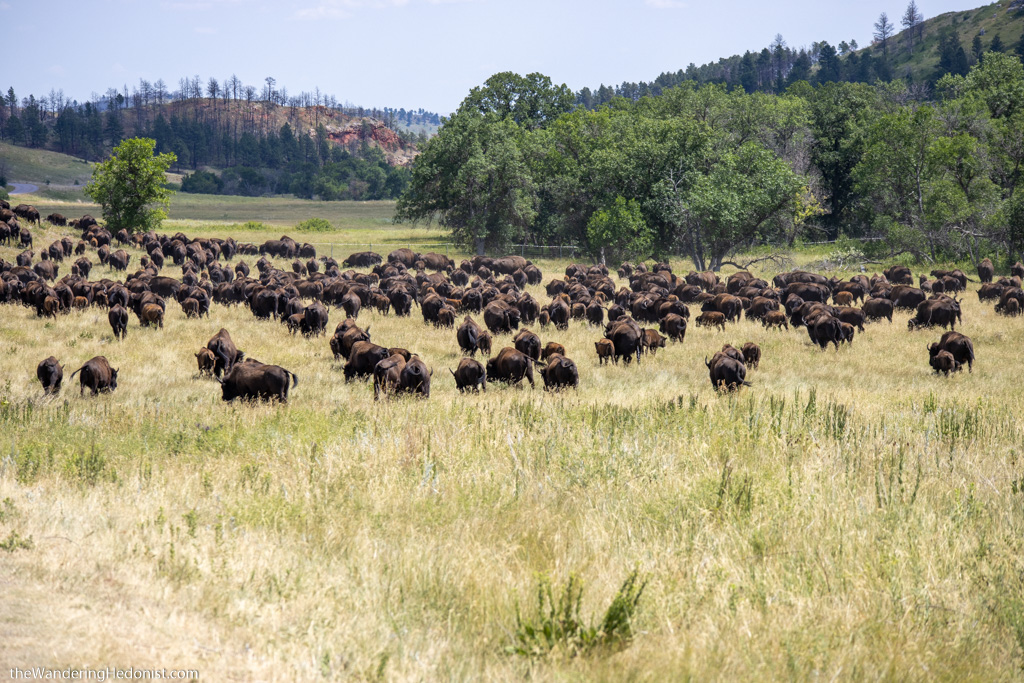

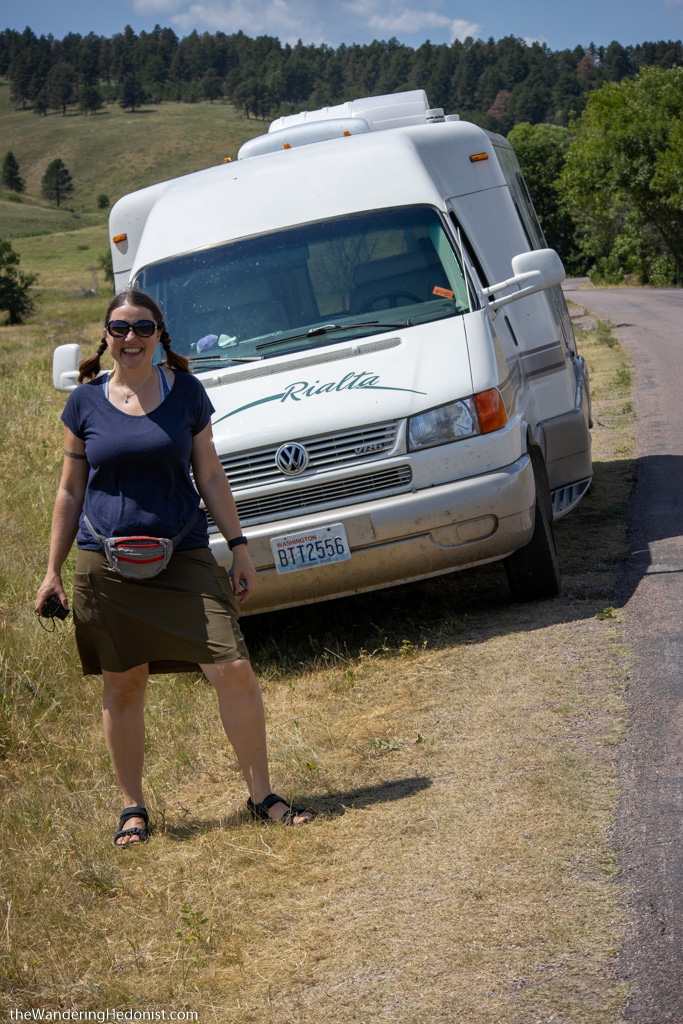

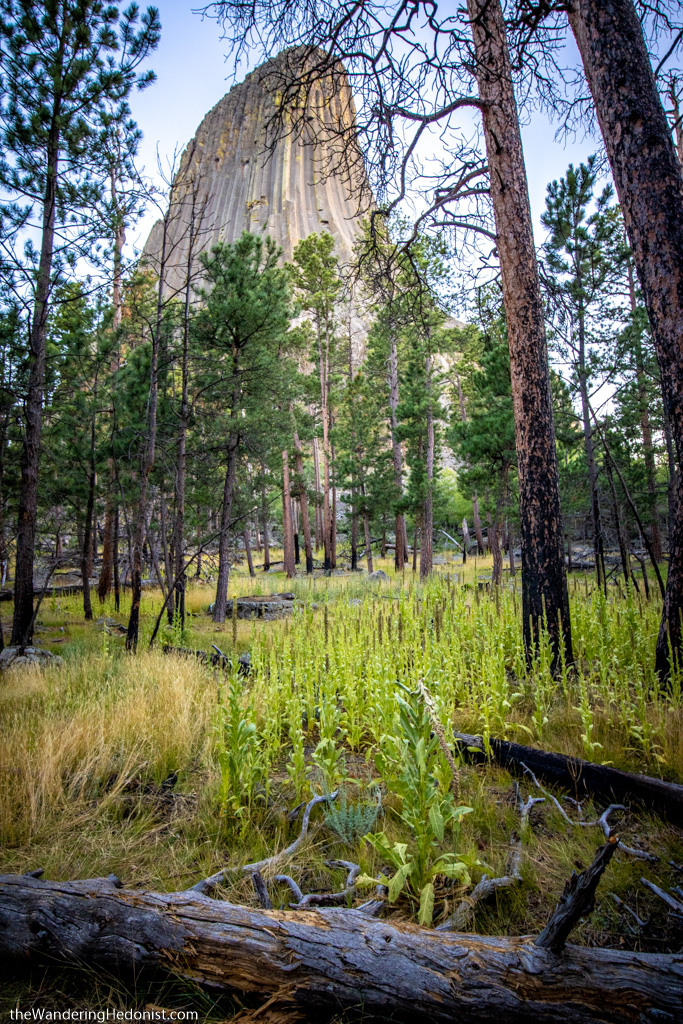
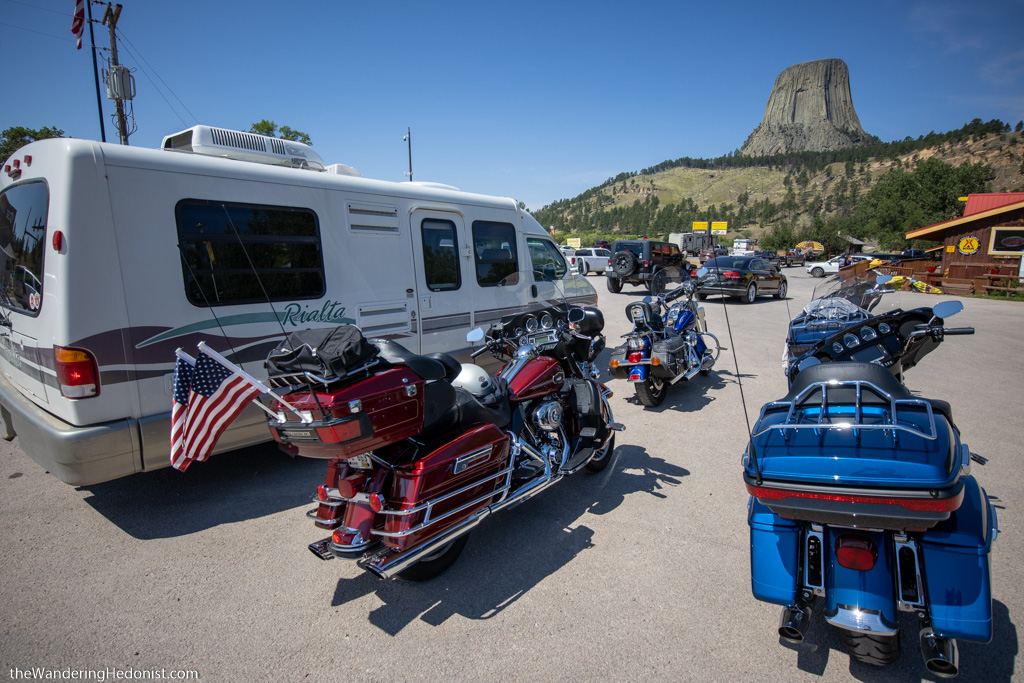
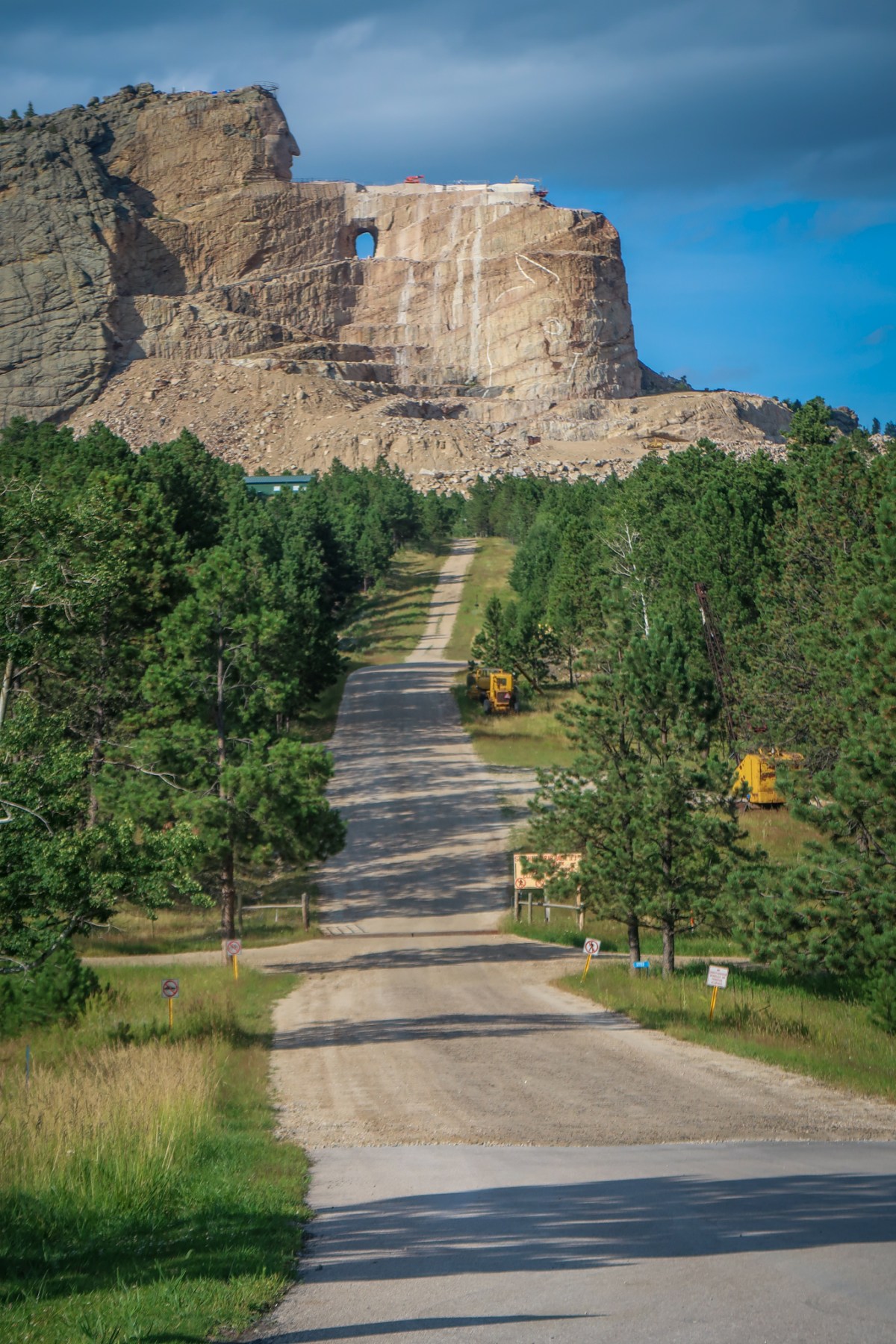

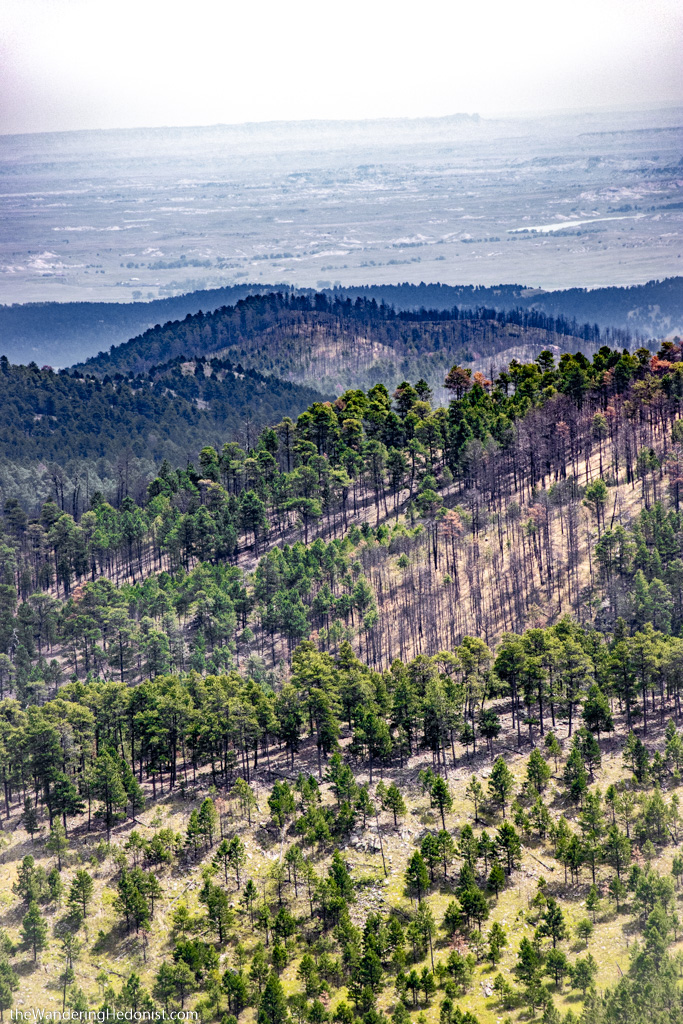
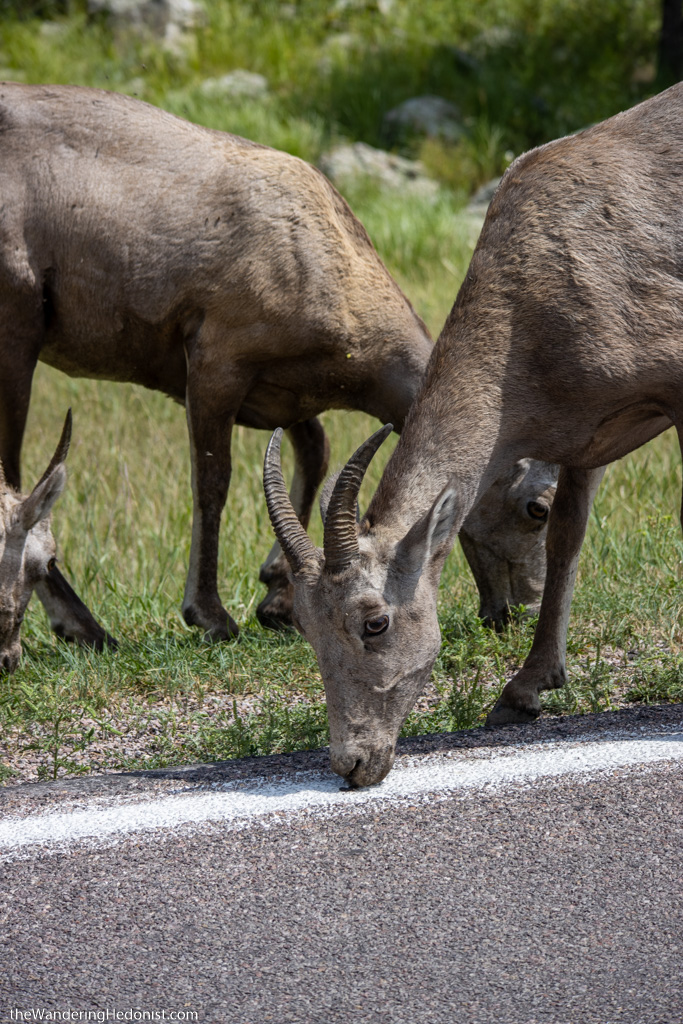


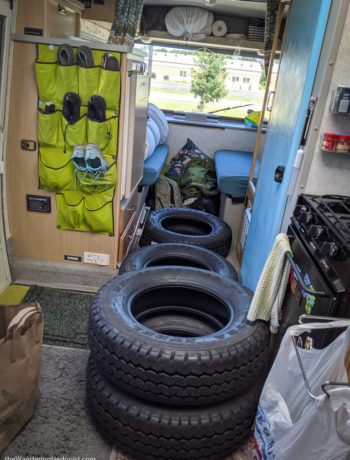
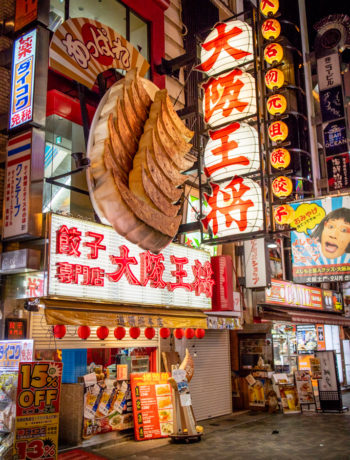

No Comments